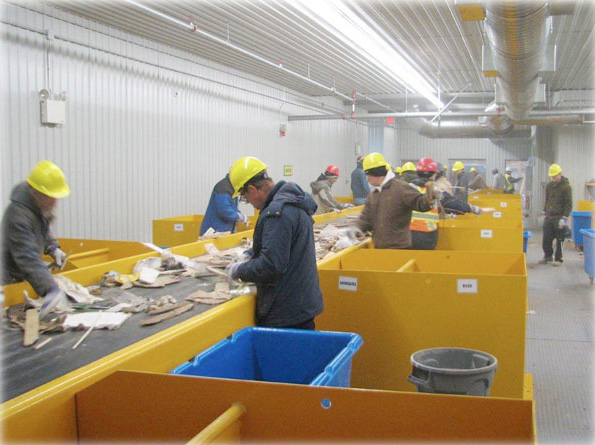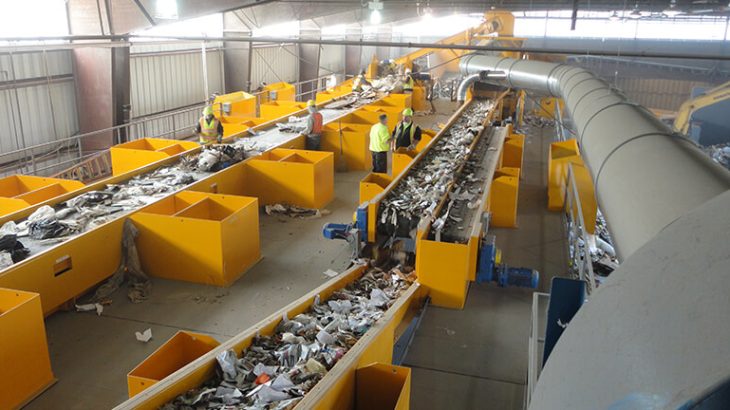The building and public works (BTP) sector generate nearly 40 million tons of waste per year. 90% of this waste comes from the demolition and rehabilitation of buildings. The European Directive 2008/98/EC of November 19, 2008 on waste, taken up by the French law of August 17, 2015 on the energy transition for green growth, orders the recovery of waste by all means. Therefore, you must proceed to recover waste from your construction site. This article will guide you in that through some advice.
Inform Yourself About the Current Regulations Concerning Waste
You must inform yourself about the current regulations that govern the waste of construction sites and follow them to the letter to be in order with the public power.
Waste is defined by the article L541-1 of the Code of the Environment, as all the movable goods (substances or objects) whose holder has the intention or the obligation to abandon.
Indeed, respect for the environment is an obligation for all the holders of waste (project owner) and all the producers (the company specialized in the BTP). If they fail to do so, their responsibilities will be engaged, according to the provisions of article L542-2 of the aforementioned Code. It is up to the project owner to provide the technical and financial means to the company in charge of the works to eliminate the waste on the building site.
In addition, according to the decree n°2011-828 of July 11, 2011 on waste prevention and management, each department (region in Île-de-France) must have its own plans for preventing and managing waste from construction sites. These plans are composed of an inventory, a prevention program, and a waste management plan. Therefore, managing your waste depends on the procedures established by the department where you are located.
Sort, Collect and Transport Construction Waste
The first step in the recovery of construction site waste is sorting and collecting the waste. The sorting allows defining the most adapted way to recover the waste, according to its type. There are 3 different types of construction site waste:
- Inert waste, which is mineral waste that does not undergo significant physical, chemical or biological changes, in particular rubble and packaging.
- Non-hazardous waste, which is waste that does not contain hazardous substances, such as metals and cardboard.
- Hazardous waste, which is waste containing substances that are harmful to the environment and human beings, such as products containing tar or asbestos.
The second step consists of transporting the waste. The construction site waste can be transported by a transporter registered with the prefecture or by the company in charge of the construction work. In this case, the latter will provide you with a traceability document. You can also transport them, subject to authorization, to a destination approved to receive the type of waste. The evacuation and the transport of the waste of the building site can be carried out by hiring a tipper.

Choose the Appropriate Management Method
According to the hierarchy of waste treatment methods, there are 4 waste management methods: reuse, recycling, recovery, and disposal. Firstly, reuse refers to any operation by which substances from waste are used again for a purpose identical to their original design.
Secondly, the recycling of waste, which allows the treatment and transformation of used products into new products, in other words, to reintroduce them into the production cycle.
Thirdly, the recovery consists of using products in substitution for other products. It is composed of 3 processes: the recovery of organic matter through composting (the waste materials become the raw material for a new product), the manufacture of solid recovery fuels, and energy recovery.
Fourthly, the elimination is reserved for the ultimate waste not susceptible to recovery.



















